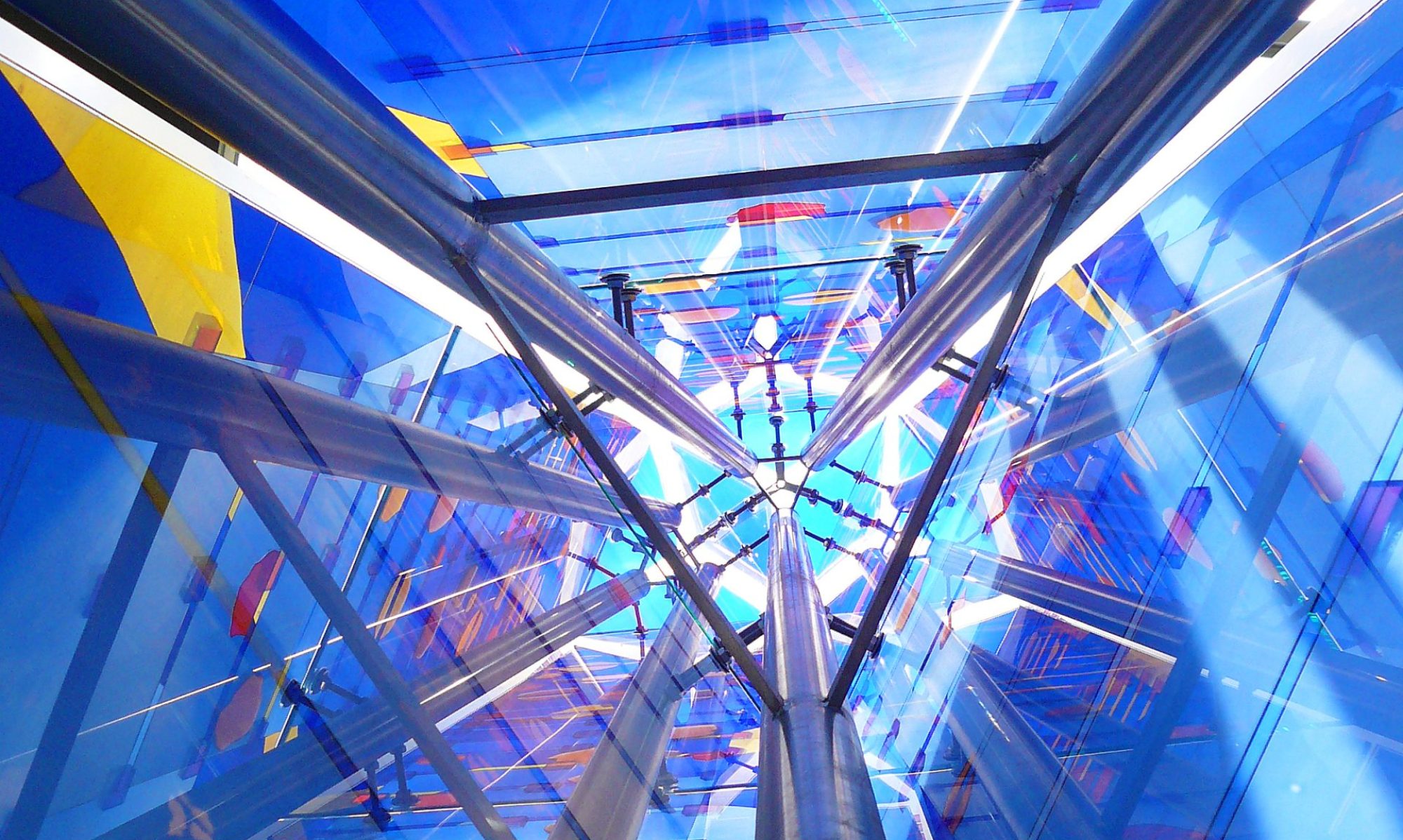FOREWORD
This book has been written for everyone with an interest in stained glass. This engaging book even informs those who have no particular expertise, whilst those with specialist knowledge are certain to discover a few surprising details.
And why? While I have created original, artistic works throughout my life, I have always remained true to the technical side of glass art. The experimental approach to finding technical solutions has always fascinated me and continues to do so. I enjoy sharing my knowledge with others, with artists and with those in the workshops. For me, artistic and technical aspects are always parts of the whole in stained glass. That is why my point of view is not limited to one side but is shaped from both sides. Thus, in the first part of my text, preceding the images, the distinctions between art, technology and handicraft are lifted. It is also important to me to not only describe tendencies and facts from the outside, but report from the inside. Here my story takes us on a journey following my own development as an art glazier and glass painter to glass designer examining my artistic development over the years, and external trends and influences.
This literary work is not a structured history of stained glass – aside from one brief excursion – but a loose sequence of thoughts and incidents from which my attitude to my work can be recognized, just as might happen during a relaxed conversation. The story highlights my approach to developing design and my decisions in translating each vision into glass. Thereby my artistic intentions and what drives me become visible.
The text fluidly links changing themes such as the development of formal language, new techniques, and the application of traditional ones. It refers to new fields of application, previously inaccessible to glass painting, describing the requirements arising from ever larger pane formats; it covers the topic of artistic aspiraton versus budgeting, and discusses the choice of material as a possible method in reducing costs.
Here I am more critical of digital printing with ceramic inks. The subject of commissioned art and the relationship between artists and ecclesiastical clients is illuminated vividly.
Following the image section, I present in detail the glass design project for the Bernhard Chapel of the Erbacher Hof in Mainz. I describe the task set as well as the view of the room before the start of the building work.
This is followed by an illustration of the submitted design, plus my comments on it and on the subject in general as part of the presentation to the client as well as to the relevant diocese committees. I also show some pictures of the production. For this I am happy to introduce the contributors involved in the execution. Finally I show the finished work and a picture of the chapel with the triptych in situ.
The image section covers works from 1983 to 2022. I present 55 works executed in glass, as well as five designs for competition entries that were not executed. An exception is the project “Paraments in five colors for the Philippus Church in Mannheim” which is also presented without any reference to glass. With these paraments, I intended to influence the surrounding space, just as I do with my works in glass. With the windows I have designed, I strive to have a transformative effect on the space in order to let something new emerge, so that art and architecture mutually intensify each other. There are pictorial examples in the book which illustrate this vividly. The presentation of the Mayencian project at the end also exemplifies this.
But this section of the book ends with a new work that has just been completed. I refer to the two choir windows for St. Ferrutius in Bleidenstadt, a parish in the town of Taunusstein.
More works will follow.
***
↑ Top
